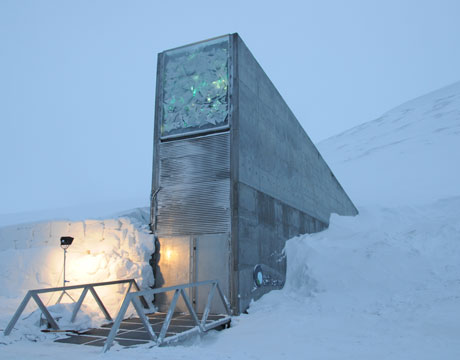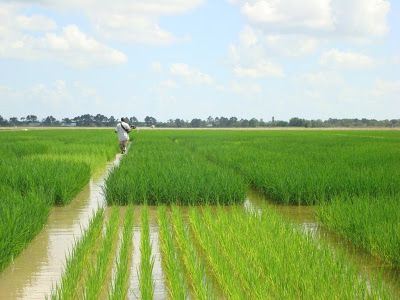February 2, 2015 – We have finally made it to our wintering spot here in Southern Florida where my wife and I plan to spend the next few weeks. Please forgive the hiatus in my postings but this annual migration recharges my batteries every winter and gives me hours on the road to think about subjects of interest to you my readers.
Today’s topic comes from a recent headline and is about the confluence of genetic and climate science. In a recent move the United Nations is studying adaptation strategies to climate change that include guidelines for food security and the safeguarding of genetic resources.
A commission within the Food and Agriculture Organization (FAO) is overseeing the collection of genetic information from plant seeds, animals and microbial species as part of a global adaptation strategy. The rationale for these actions lies in the belief that within existing world species lie genes that we can use to make the plant and animal resources we rely on better adapted to future climate conditions. A good example is scuba rice (seen below), a genetic variation on commercial rice that can survive being submerged for as much as two weeks.
Within both animals and plants there is something that scientists call phenotypic plasticity. Phenotype refers to a species set of features. Plastic refers to the ability of the species to demonstrate changeable behavior influenced by a number of factors including the environment. When a plant or animal demonstrates phenotypic plasticity it makes itself more adaptable to change. Rabbits like the Arctic Hare change the color of their fur from summer brown to winter white. This plasticity is part of natural selection.
Under the FAO initiative every country can help identify those species exhibiting phenotypic plasticity to help safeguard biological diversity as part of climate change adaptation planning. Guidelines cover a wide range of climate scenarios from prolonged drought to floods to seawater encroachment within coastal aquifers. All pose threats to genetic diversity and finding the plant and animal species that demonstrate plasticity is critical to avoid famine.
For the FAO asking farmers to become active participants will be critical in identifying the genetic resources to be gathered. Farmers are at the front-line of climate change. They are most familiar with the tendencies within species to adapt to changing environmental conditions. A bottom up approach therefore is essential for the collection of the right seeds and breeds.
But cataloguing those species exhibiting plasticity for some is not enough. They have started seed vaults which can be found around the world. The largest is located in Svalbard, Spitsbergen, to the north of Norway. Here a Doomsday Seed Vault is being prepared funded by the Bill and Melinda Gates Foundation, The Rockefeller Foundation, the Norwegian Government and the two GMO (genetically modified organism) giants Monsanto and Syngenta. Nearly finished, the Doomsday Seed Vault hopes to preserve in specially wrapped moisture resistant containers as many as three million varieties of seeds from around the world. In the event of a global catastrophe these seeds would be freely dispensed to allow civilization to re-emerge.
This project (see image below), like the genetic information initiative previously described, is under FAO management.










